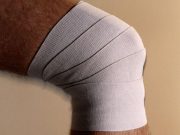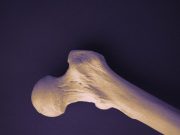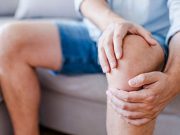Tag: Artificial Hips
Optimal Acetabular Positioning Redefined in Total Hip Arthroplasty
Optimal acetabular positioning differs from historic values, with reduced risk for dislocation with increased anteversion
ACR: Total Hip Arthroplasty Up for Those Under Age 21
Frequency of THA for osteonecrosis increased, while frequency of THA for inflammatory arthritis decreased from 2000 to 2016
Patients Do Not Improve Activity Level After Hip Replacement
Findings despite surgery success in aiding pain, physical performance
Safety of Tranexamic Acid Studied for Orthopedic Surgery in High-Risk Patients
Risk for complications not increased in patients with preexisting comorbidities undergoing hip or knee arthroplasty
Denosumab Studied for Prosthesis-Related Osteolysis
Fewer osteoclasts seen at osteolysis membrane-bone interface with denosumab versus placebo in patients undergoing revision hip arthroplasty
Rehospitalization Down With Remote Monitoring After Arthroplasty
Findings show significant reduction in rehospitalization rate for patients undergoing hip or knee arthroplasty
Incidence of Dislocation After Hip Arthroplasty May Be Higher Than Thought
Age, sex, head size, fixation method, and surgical approach independently associated with dislocation risk
FDA-Authorized Alpha-Defensin Lateral Flow Test Highly Accurate
Test demonstrates good performance for rapid diagnosis of periprosthetic joint infection around joint implants
Preoperative Mental State Associated With Postoperative Pain
Presurgery depression, anxiety, catastrophizing tied to more pain after joint replacement surgery
ACR: Warfarin Tied to Increased Risk for Knee, Hip Replacement in OA
Among adults with atrial fibrillation, warfarin use linked to increased odds of knee, hip replacement versus direct oral anticoagulants














